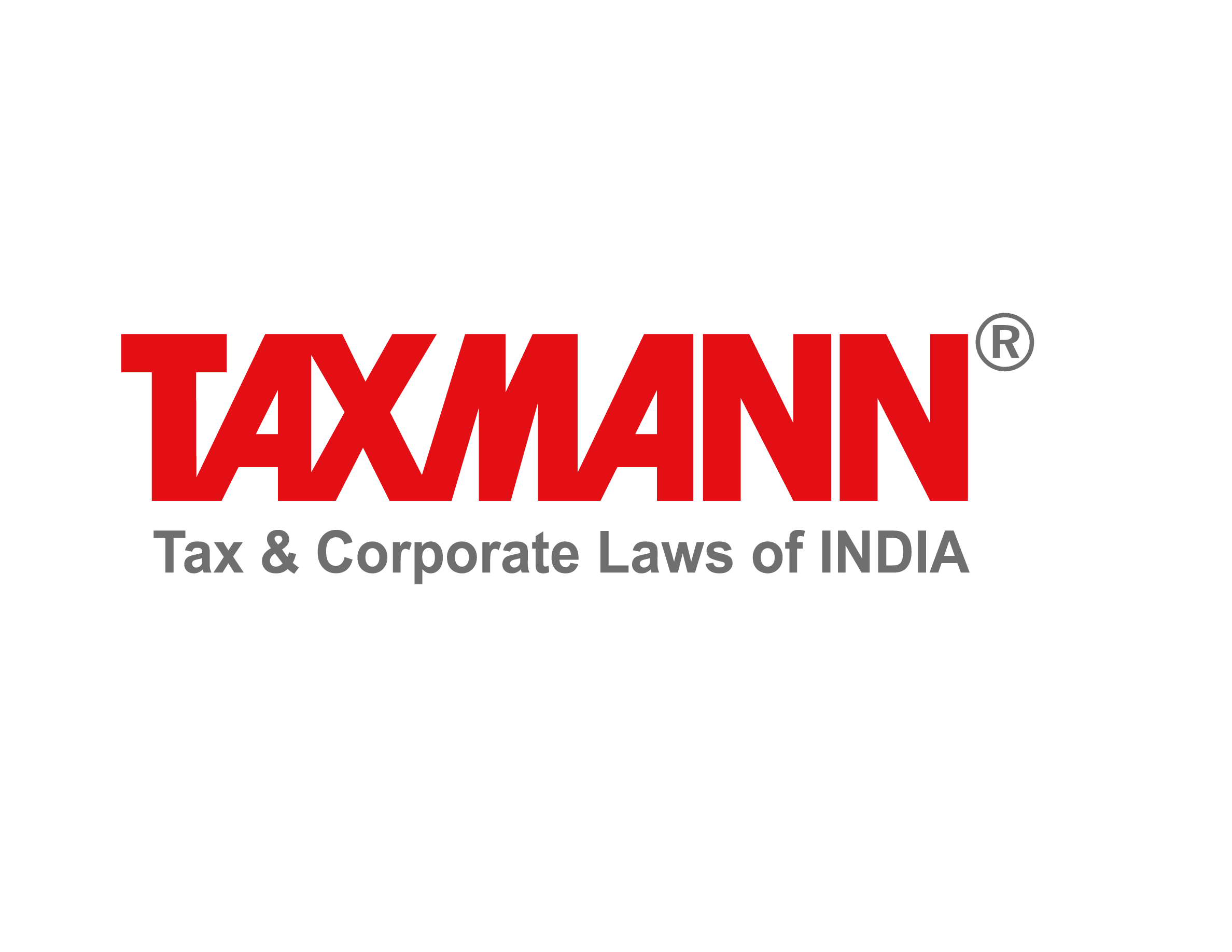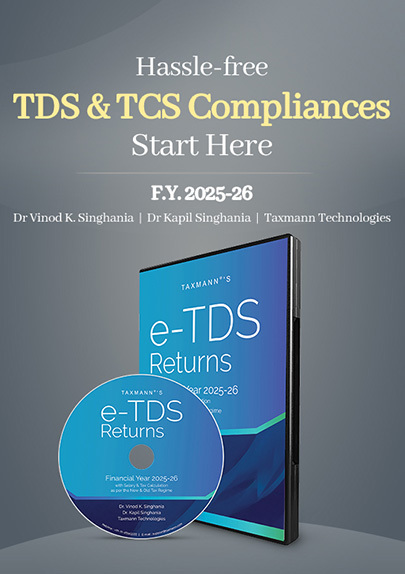[Opinion] Availment and Utilisation of ITC Under Incorrect Tax Heads | A Path to Litigation
- Blog|News|GST & Customs|
- 2 Min Read
- By Taxmann
- |
- Last Updated on 15 January, 2025

CA Keshav Gupta & Sahil Dewan – [2025] 170 taxmann.com 280 (Article)
1. Introduction
The Goods and Services Tax (GST) system was designed to streamline the taxation process by providing businesses with the ability to offset tax paid on inputs through the mechanism of Input Tax Credit (ITC). This mechanism, while invaluable, has also become a potential minefield.
One of the most common and concerning errors businesses face is the improper availment or utilization of ITC under the wrong tax head. This seemingly minor issue can escalate into significant financial and legal challenges, including interest charges, penalties, and extended litigation. This article explores why such errors occur, the risks they pose, and how businesses can avoid falling into this trap.
The GST regime divides taxes into three distinct heads: Central Goods and Services Tax (CGST), State Goods and Services Tax (SGST), and Integrated Goods and Services Tax (IGST). CGST and SGST are applicable to intra-state supplies, while IGST is applied to inter-state transactions and imports.
Under the law, businesses must ensure that ITC is claimed under the correct head of tax. For example, ITC on IGST must first be used to offset IGST liabilities, and any excess can then be used for CGST and SGST, but not the other way around. Similarly, CGST and SGST ITC should only be utilized for their respective liabilities. The incorrect allocation of ITC between these heads can result in significant complications, both from a tax and legal perspective.
2. Root Causes of ITC Misallocation
Despite the clear guidelines and legal framework around ITC, several factors contribute to the misallocation of credits:
- Complex Transactions and Multi-State Operations: For businesses that operate across multiple states or have a combination of intra-state and inter-state supplies, correctly attributing ITC can become a challenging task. Mistakes can easily occur when businesses fail to differentiate between CGST, SGST, and IGST liabilities in complex transactions.
- Accounting Software and Manual Errors: A significant number of errors arise due to misconfigurations in accounting systems or manual data entry mistakes. Businesses may inadvertently apply credits to the wrong head because of software misalignment or human oversight during GST return filing.
- Lack of Awareness and Expertise: Smaller businesses or newly registered entities often struggle with the nuances of GST compliance. Limited understanding of how ITC should be properly availed and utilized can lead to mistakes, especially when businesses face the pressure of meeting deadlines for GST filings.
- Frequent Amendments to GST Laws: The ever-evolving nature of GST law, with frequent amendments, updates, and clarifications, often creates confusion. Even experienced tax professionals may struggle to keep up with changes, leading to inadvertent misallocations in ITC claims.
3. ITC taken as Intra State Supply for Inter State Supply or Vice Versa
In this scenario, ITC was taken as an Intra state supply for Interstate supply or vice-versa. Where a tax payer who claims ITC in wrong head i.e. CGST and SGST instead of IGST and IGST instead of CGST and SGST.
Click Here To Read The Full Article
Disclaimer: The content/information published on the website is only for general information of the user and shall not be construed as legal advice. While the Taxmann has exercised reasonable efforts to ensure the veracity of information/content published, Taxmann shall be under no liability in any manner whatsoever for incorrect information, if any.

Taxmann Publications has a dedicated in-house Research & Editorial Team. This team consists of a team of Chartered Accountants, Company Secretaries, and Lawyers. This team works under the guidance and supervision of editor-in-chief Mr Rakesh Bhargava.
The Research and Editorial Team is responsible for developing reliable and accurate content for the readers. The team follows the six-sigma approach to achieve the benchmark of zero error in its publications and research platforms. The team ensures that the following publication guidelines are thoroughly followed while developing the content:
- The statutory material is obtained only from the authorized and reliable sources
- All the latest developments in the judicial and legislative fields are covered
- Prepare the analytical write-ups on current, controversial, and important issues to help the readers to understand the concept and its implications
- Every content published by Taxmann is complete, accurate and lucid
- All evidence-based statements are supported with proper reference to Section, Circular No., Notification No. or citations
- The golden rules of grammar, style and consistency are thoroughly followed
- Font and size that’s easy to read and remain consistent across all imprint and digital publications are applied



 CA | CS | CMA
CA | CS | CMA
